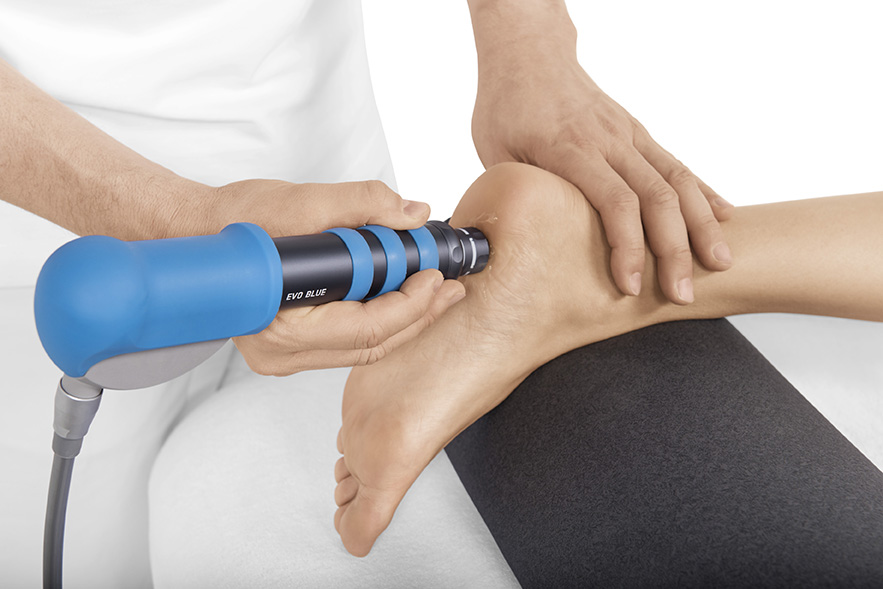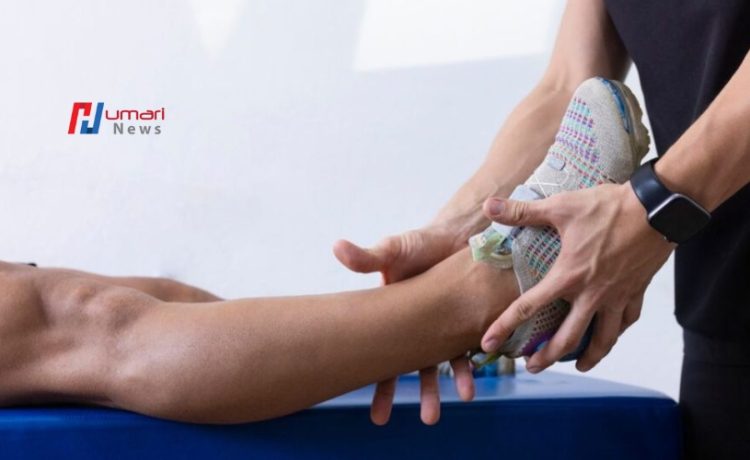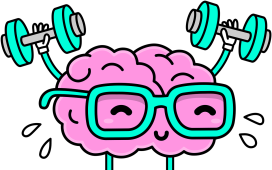Introduction:
Athletes often face injuries and pain as they push their bodies to the limits in training and competition.
One innovative treatment that has gained popularity in recent years is shockwave therapy. This non-invasive treatment uses high-energy sound waves to help stimulate the body’s natural healing process and promote recovery. In this article, we will explore the mechanisms behind shockwave therapy and examine the latest scientific findings on its effectiveness for athletes.
What is Shockwave Therapy?

Shockwave therapy, also known as extracorporeal shockwave therapy (ESWT), is a treatment that delivers high-energy sound waves to targeted areas of the body. These sound waves create microtrauma in the tissues, which triggers the body’s natural healing response.
The increased blood flow and cellular activity in the treated area help to reduce pain, promote tissue regeneration, and accelerate the healing process.
How Does Shockwave Therapy Work?
When shockwave therapy is applied to an injured area, the high-energy sound waves create cavitation bubbles in the tissues.
These bubbles collapse quickly, releasing energy that helps to break down damaged tissue and stimulate the production of new blood vessels. This process, known as neovascularization, helps to improve blood flow to the injured area and promote healing.
Latest Scientific Findings
Recent studies have shown promising results for the use of shockwave therapy in treating a variety of athletic injuries. One study published in the Journal of Orthopaedic Research found that shockwave therapy was effective in reducing pain and improving function in athletes with chronic Achilles tendonitis.
Another study in the American Journal of Sports Medicine showed that shockwave therapy was beneficial in treating tennis elbow, with patients experiencing significant pain reduction and improved range of motion.
Benefits of Shockwave Therapy for Athletes
Accelerated Healing:
Shockwave therapy has been shown to promote faster healing of soft tissue injuries, allowing athletes to return to training and competition sooner.
Pain Relief:
The high-energy sound waves used in shockwave therapy help to disrupt pain signals in the body, providing relief for athletes suffering from chronic pain.
Non-Invasive:
Unlike surgery, shockwave therapy is a non-invasive treatment option that carries minimal risk and requires no downtime for recovery.
Improved Performance:
By promoting healing and reducing pain, shockwave therapy can help athletes improve their performance and prevent future injuries.
Types of Shockwave Therapy Machines
There are two main types of shockwave therapy machines used in sports medicine: focused shockwave therapy and radial shockwave therapy.
Focused Shockwave Therapy
Focused shockwave therapy utilizes a single, focused sound wave to target specific areas of injury. This type of therapy is often used for deep tissue injuries, such as tendonitis and muscle strains. The focused sound waves penetrate deep into the tissue, stimulating blood flow and promoting the healing process.
Radial Shockwave Therapy
Radial shockwave therapy, on the other hand, uses a radial or unfocused sound wave that disperses energy over a larger area. This type of therapy is typically used for surface-level injuries, such as plantar fasciitis and tennis elbow. Radial shockwave therapy is less intense than focused shockwave therapy but can still provide effective pain relief and promote healing.
Mechanisms of Shockwave Therapy
Shockwave therapy works by triggering a series of biological responses within the body that promote healing and tissue regeneration.
When the high-energy sound waves are applied to the injured area, they create microtrauma and stimulate the release of growth factors and inflammatory mediators. These substances help to increase blood flow, reduce pain, and accelerate the healing process.
Stimulates Collagen Production
One of the key mechanisms of shockwave therapy is its ability to stimulate collagen production. Collagen is a vital component of connective tissues such as tendons and ligaments, and increased collagen production can help to strengthen and repair damaged tissues.
By promoting collagen synthesis, shockwave therapy can improve the structural integrity of injured tissues and reduce the risk of re-injury.
Modulates Pain Perception
Shockwave therapy also has a pain-relieving effect by modulating pain perception in the nervous system.
The high-energy sound waves disrupt pain signals and stimulate the release of endorphins, which are the body’s natural painkillers. This can provide immediate relief for athletes dealing with acute or chronic pain conditions.
Conclusion:
In conclusion, shockwave therapy is a promising treatment option for athletes looking to recover from injuries and improve their performance. The mechanisms behind shockwave therapy involve stimulating the body’s natural healing process through the use of high-energy sound waves. The latest scientific findings support the effectiveness of shockwave therapy in reducing pain, promoting healing, and improving function in athletes with a variety of injuries. Overall, shockwave therapy offers athletes a safe and non-invasive treatment option that can help them get back to doing what they love faster and stronger than ever before.







